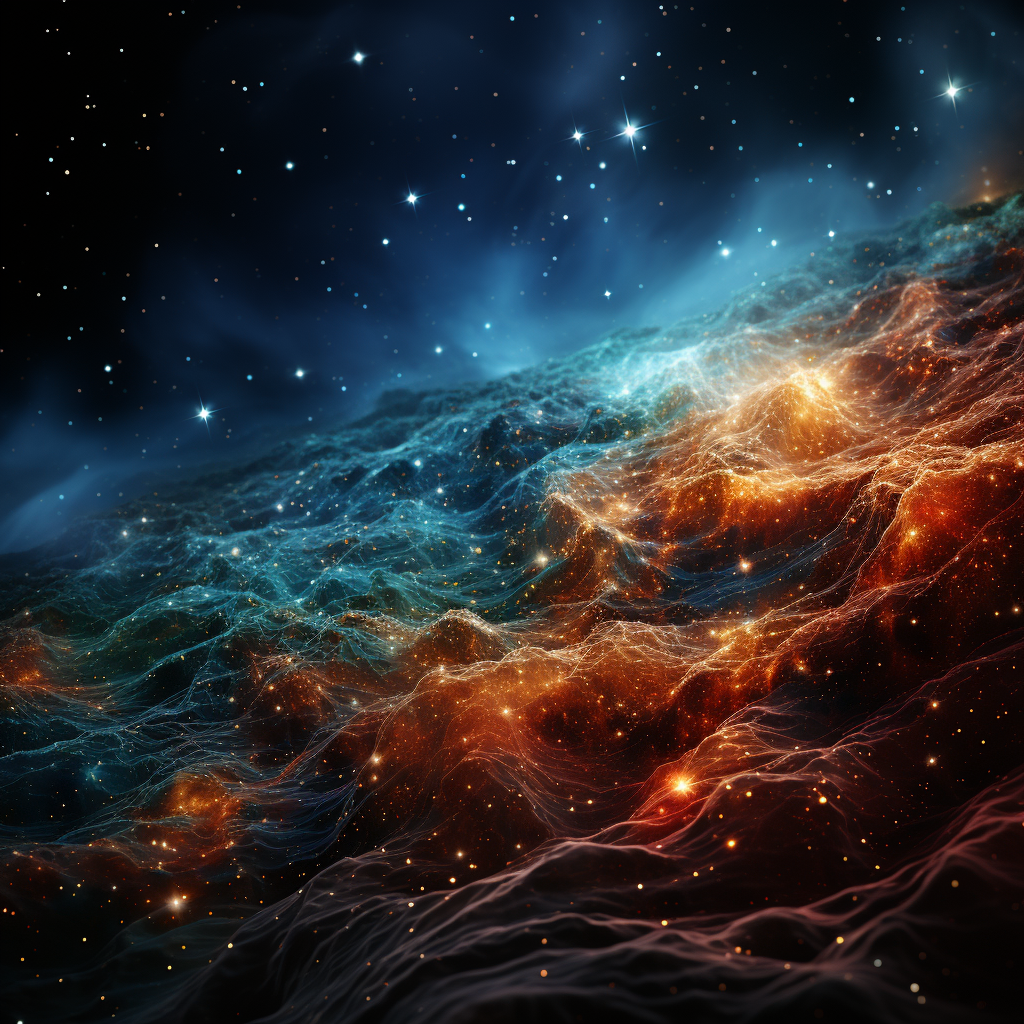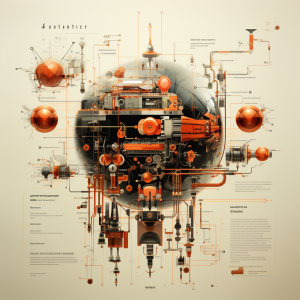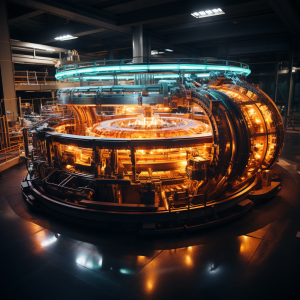
What is the cosmic microwave background radiation, and what does it tell us about the universe?
The Cosmic Microwave Background (CMB) radiation is one of the most significant discoveries in the field of cosmology and has provided astronomers with a wealth of information about the early universe. It’s essentially the afterglow of the Big Bang, a snapshot of the universe when it was just 380,000 years old.
The Discovery of the Cosmic Microwave Background Radiation
In the mid-20th century, two radio astronomers, Arno Penzias and Robert Wilson, were using a large, horn-shaped antenna at Bell Labs in New Jersey. They were trying to eliminate all sources of noise for their radio astronomy experiments but were continually troubled by a persistent low-level noise that seemed to come from all directions and didn’t vary with time.
Eventually, they learned that a group of physicists at Princeton University, including Robert Dicke, were looking for a predicted radiation signature from the Big Bang. Penzias and Wilson had inadvertently found this cosmic background radiation. In 1978, they were awarded the Nobel Prize in Physics for their discovery.
The Origin of the CMB
The CMB radiation is a relic from the Big Bang. In the early stages of the universe, high-energy photons (particles of light) were continually interacting with protons and electrons in a dense plasma, keeping the universe in what’s known as a state of thermal equilibrium. As the universe expanded and cooled, there came a point, about 380,000 years after the Big Bang, when the universe became cool enough for protons and electrons to combine and form neutral hydrogen atoms, a process known as recombination.
At this point, the photons decoupled from matter and started moving freely through space. The radiation from this period, stretched to longer wavelengths by the expansion of the universe, is what we now detect as the CMB.
What the CMB Tells Us
The CMB is remarkably uniform, with a temperature of about 2.725 Kelvin (equivalent to -270.425 degrees Celsius or -454.765 degrees Fahrenheit) and small fluctuations of about one part in 100,000. These minute temperature fluctuations, or anisotropies, are incredibly important because they reflect slight density variations in the early universe. These density variations are thought to be the seeds of all current structure in the universe, as areas of slightly higher density would have attracted more matter via gravity, eventually forming galaxies and clusters of galaxies.
The CMB also provides strong support for the Big Bang theory and the theory of cosmic inflation. Cosmic inflation proposes a rapid expansion of the universe occurred fractions of a second after the Big Bang, smoothing out the universe to an astonishing degree but leaving tiny quantum fluctuations that would become the seeds of structure. The discovery of the CMB and detailed measurements of its properties have given us a tool to test these theories.
Furthermore, by studying the polarization of the CMB (the direction in which the light waves oscillate), scientists can gain insight into the universe’s first moments and potentially find more evidence supporting inflation.
The Continued Study of the CMB
The study of the CMB continues to be a vital part of modern cosmology. Instruments like the Wilkinson Microwave Anisotropy Probe (WMAP), and the Planck satellite have made detailed maps of the CMB’s anisotropies, giving us unprecedented insights into the composition, age, and geometry of the universe.
Future missions aim to examine the CMB’s polarization in more detail to better understand cosmic inflation and possibly even detect the influence of gravitational waves from the early universe. The quest to understand the CMB and what it can tell us about our universe’s history and future continues to be an exciting area of research.
In conclusion, the CMB radiation is the oldest light in the universe, carrying a wealth of information about our universe’s early history. Its discovery not only confirmed the Big Bang theory but also continues to provide us with a way to explore the nature of the universe, from its largest scale structure to its earliest moments of existence. It’s a shining beacon from the past, casting light on the path to our understanding of the cosmos.




